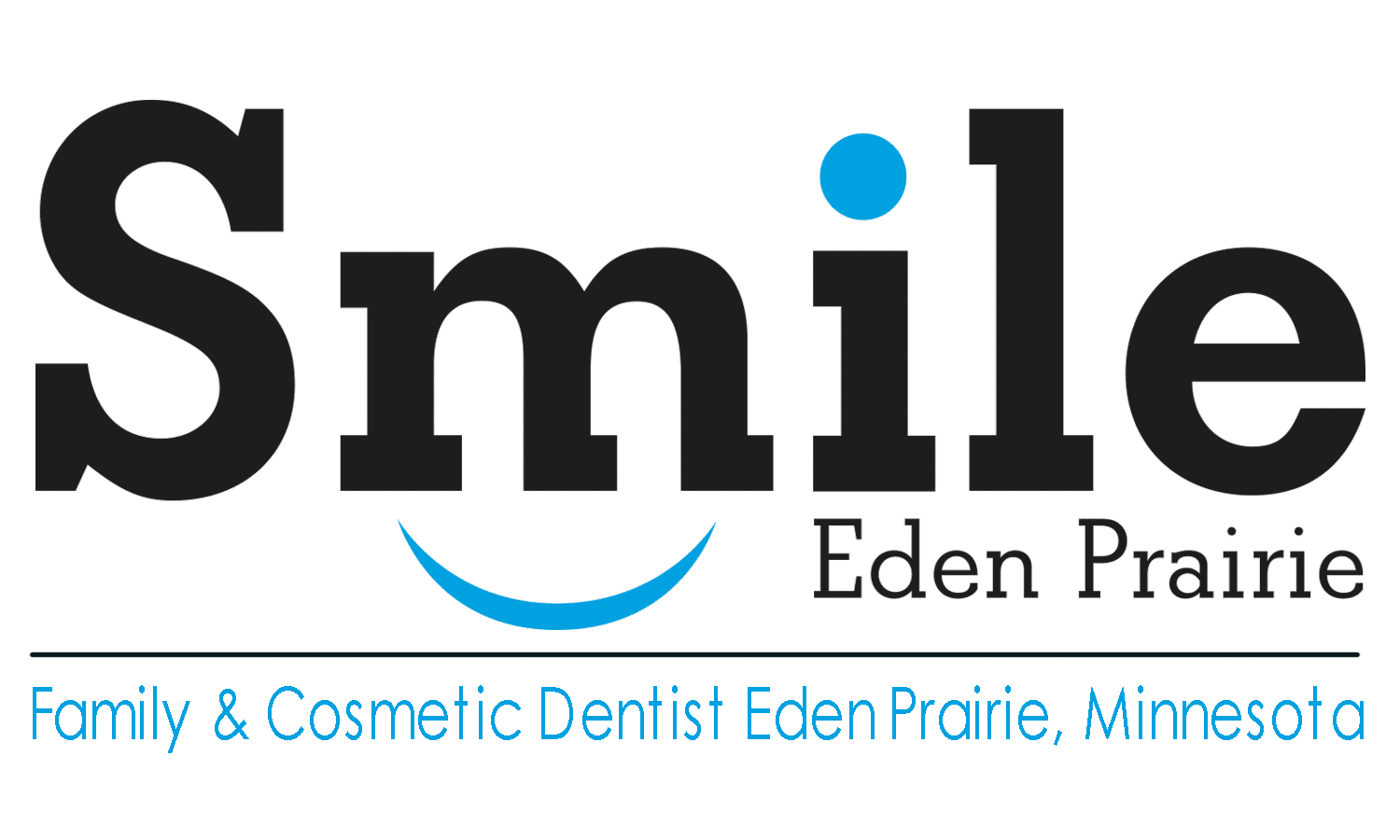General Dentistry Concepts: Temporomandibular joint disease
Temporomandibular joint dysfunction (TMD or TMJD) is an umbrella term used for pain and dysfunction of the muscles that move the jaw and the temporomandibular joints. Temporomandibular joints are the joints which connect the mandible to the skull. The most prominent feature of the dysfunction is pain, which can restrict the mandibular movement and cause noise in the temporomandibular joints (TMJ) during movement. While TMD is not life-threatening, it can be hinder a patient’s quality of life, because the symptoms can be chronic and difficult to manage.
The term temporomandibular disorder is used to describe any disorder which affects the temporomandibular joint and temporomandibular joint dysfunction. It represents symptomatic dysfunction of the temporomandibular joint.
TMD is a symptom complex rather than a specific condition. It is thought to be caused by numerous different factors. However, these factors are not well understood, and there is a lack of agreement as it relates to their importance. There are numerous treatments available, although there is minimal evidence for an effective treatment in TMD. In addition, a widely accepted treatment protocol does not exist. Common treatments include the use of occlusal splints, psychosocial interventions such as cognitive behavioral therapy, physical therapy and pain medication. Most dentists agree that an irreversible treatment should be used for TMD.
Approximately 20% to 30% of the adult population is affected to varying degrees. People affected by TMD are usually between the age of 20 and 40 and it is more prevalent in females than males. TMD is the second most common cause of orofacial pain after dental pain or toothaches.
Signs and symptoms
Signs and symptoms of temporomandibular joint disorder can vary drastically. The symptoms typically involve more than one of the various components of the masticatory system, muscles, nerves, tendons, ligaments, bones, connective tissue and teeth.
The three most typical signs and symptoms of TMD include the following:
- Pain and tenderness on palpation in the muscles of mastication or of the joint itself. This includes preauricular pain which is pain felt just in front of the ear. Pain is a defining feature of TMD and usually worsens with manipulation or function. This can include movements such as chewing, clenching or yawning and is often the most chronic upon waking. The pain is often dull or aching, poorly localized and intermittent. Though it can sometimes be constant. The pain is also commonly unilateral or located on one side rather than bilateral. It is not usually severe.
- Limited range of mandibular movement. This can cause challenges with eating or even talking. There may be a locking of the jaw or stiffness in the jaw muscles and the joints. The stiffness is particularly present upon waking. There may also be a lack of coordination, asymmetry or a deviation of the mandibular movement.
- Noises can also occur from the joint during mandibular movement. The noise may also be intermittent. Joint noises may be described as clicking, popping or gratin).
Other signs and symptoms can also be described, though these symptoms are less likely and less prevalent than the traditional signs and symptoms presented above. Examples of these additional signs and symptoms include the following:
- Headache or pain in the back of the head, forehead. This also includes other types of facial pain which may be presented as a migraine, tension headache or myofascial pain.
- Pain in other areas such as in the teeth or the neck.
- Increased hearing loss.
- Tinnitus or hearing sound when no sound is present
- Dizziness
- Sensation of malocclusion or a feeling that the teeth do not fit together properly

